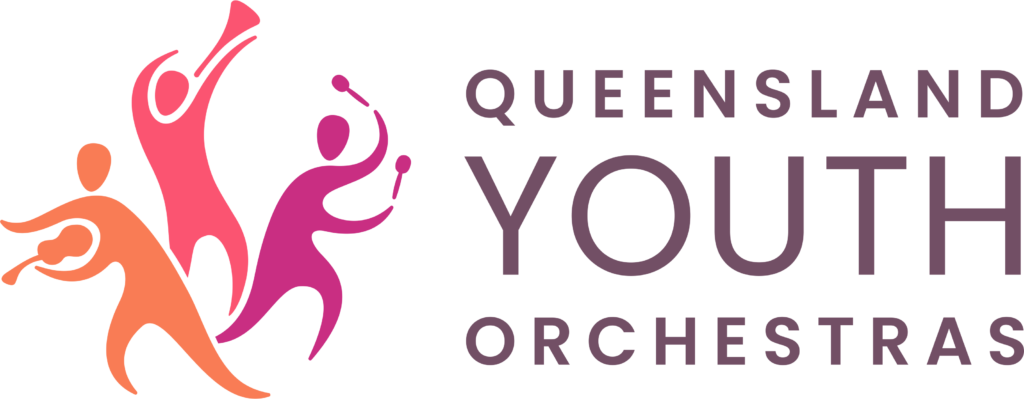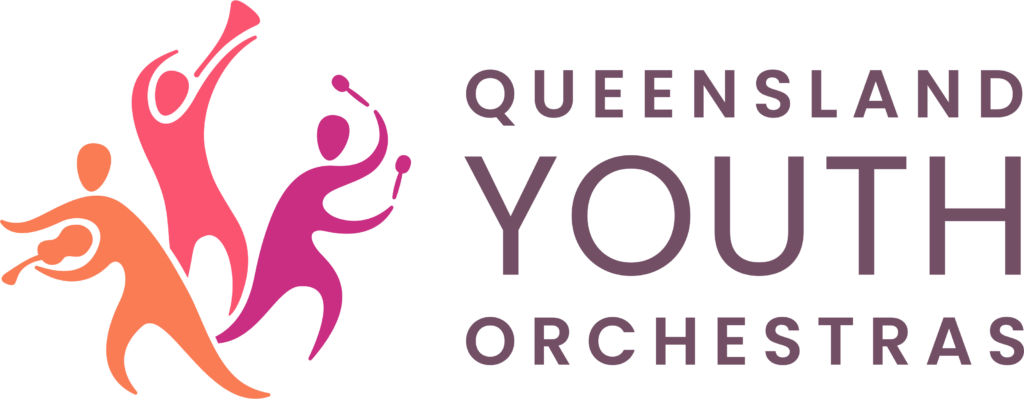My earliest childhood memories are so very special to me and all my siblings. We grew up in the early 1950s around the Lota–Wynnum area. My dad built our house at Lota when there were only a very few people in the area. We first lived at Allister Street Lota in the small two-bedroom house that is still standing to this day. Each fortnight my dad would add a little more to the house, as money was hard to come by and building materials were very dear.
We were a poor family, but very rich in love. My mum had a large family—eventually there were 12 of us kids, three boys and nine girls, but the other two boys were the babies of the family, so our brother was third in line after two sisters and then the rest of us girls down to the twin boys, so he had a lot to contend with. We were always happy and got along just fine. Our outings were very special to us because of where we were taken and it was usually on a Sunday. A lovely train ride from Lota, or Wynnum where we lived later, to the beautiful palace that was ours. That is what we had in our hearts and minds: that the beautiful museum building in the Valley was ours alone.
What fantasies we created. It was our palace—running from floor to floor lifting the brown covers that were over a lot of the glass topped display cabinets to reveal another fascinating specimen—the wonderful skeletons and exotic collections from faraway lands—the magnificent lions and tigers at the front desk—our minds went wild with imagination—then the big lung fish out on the beautiful verandah. This was our special place—we each imagined that parts of that glorious building was our “home” and we would go and visit our brother and sisters in their part of this “palace”.
Mum would always take a packed lunch for us all and then we would sit in the beautiful gardens and imagine that we were very rich indeed to have such a wonderful home. The day would never end without the obligatory climbing all over the “Mephisto,” the old war tank at the entrance. We loved that old building, it was a complete part of our childhood. Many of us married and had children and took them to visit this special place that was so dear to us as well. Until Brisbane lost its identity and some of its history, a sad day to see the museum being moved. We have visited the new one in South Bank a few times and I am so sorry to say it has no charm. It’s clinical and uninteresting. We lost a wonderful tourist destination and a beautiful piece of history.
Please don’t ever demolish this building. It is well loved and part of Brisbane’s history. Thank you for reading.


Recent Comments